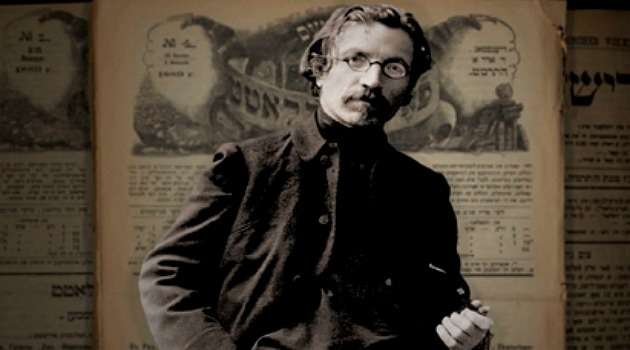The American Jewish community and its media frequently express concern about the Jewish future in America, citing mounting rates of assimilation and increasingly liberal trends in religious practice. In this discussion, intermarriage is frequently conceived of as being both the standard measure and the primary symptom of just how assimilated Jews are. What is usually left out of the discussion is any mention of linguistic assimilation.
In fact, most American Jews conceive of the Jewish people as being a religious group but rarely note the important role that Jewish ethnic and cultural heritage as expressed through language has traditionally played in Jewish survival.
The fact that many Jews cannot even conceive of ways of maintaining and transmitting their identity other than through religion testifies to the fact that outside of their religious affiliation, the vast majority of Jews are, culturally and linguistically speaking, hardly different from other Americans.
While religion has always played a central role in Jewish identity, Jews have also traditionally identified as not just members of the wider Jewish people, but also of specific Jewish ethnicities defined by Jewish languages. These languages, along with their respective cultures, foods and folklores, were, for the majority of Jewish history, the primary mechanism by which Jewish continuity was preserved. The knowledge of Yiddish, Ladino or one of the other Jewish languages of the Diaspora (for example, Bukhari, Judeo-Tat, Judeo-Aramaic) marked one’s identity as a member of the group. There was less need for debate about who was and was not a Jew. Whether a person was religious, a closeted heretic or an open Epicurus, she was a Jew if she spoke a Jewish language as her mother tongue.
Growing up as a typical American Jew, I spoke English at home. Despite having a bar mitzvah, I never felt particularly Jewish or connected to the religion. My closest connections to my Jewish heritage as a child were through Jewish culture: learn ing Yiddish and Hebrew songs, hearing klezmer music, reading Sholom Aleichem’s stories, and cooking kugel and matzo brei with my mother. If anyone had asked me at 14 if I was Jewish, I would have probably answered by saying “Yeah, sure,” but it was not my primary identity. I was, in short, at risk of becoming the wicked son of the Passover Seder. The son who felt he understood his obligations but felt no duty to fulfill them or even to justify his lack of participation in the ceremonies. Then I learned Yiddish.
Read more: http://forward.com/articles/182027/how-yiddish-could-save-the-jewish-people/#ixzz2c4gT3qQ1


Artículos Relacionados: